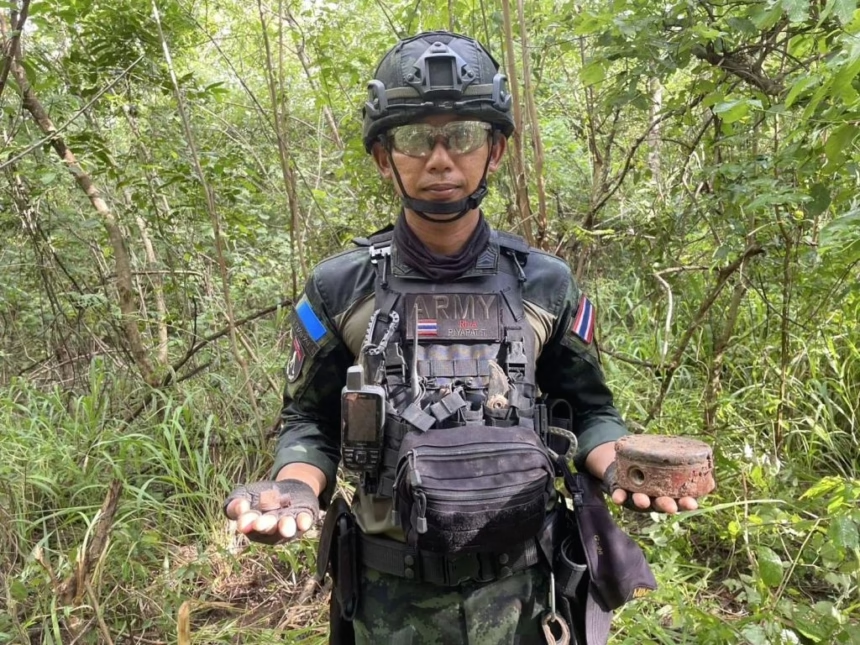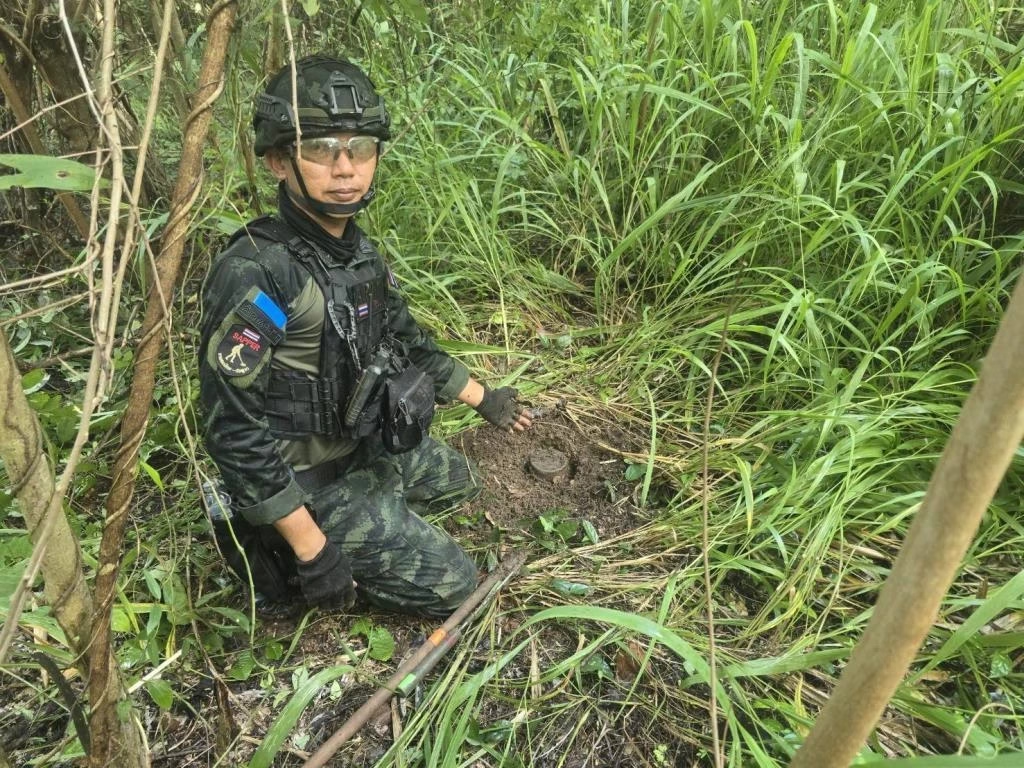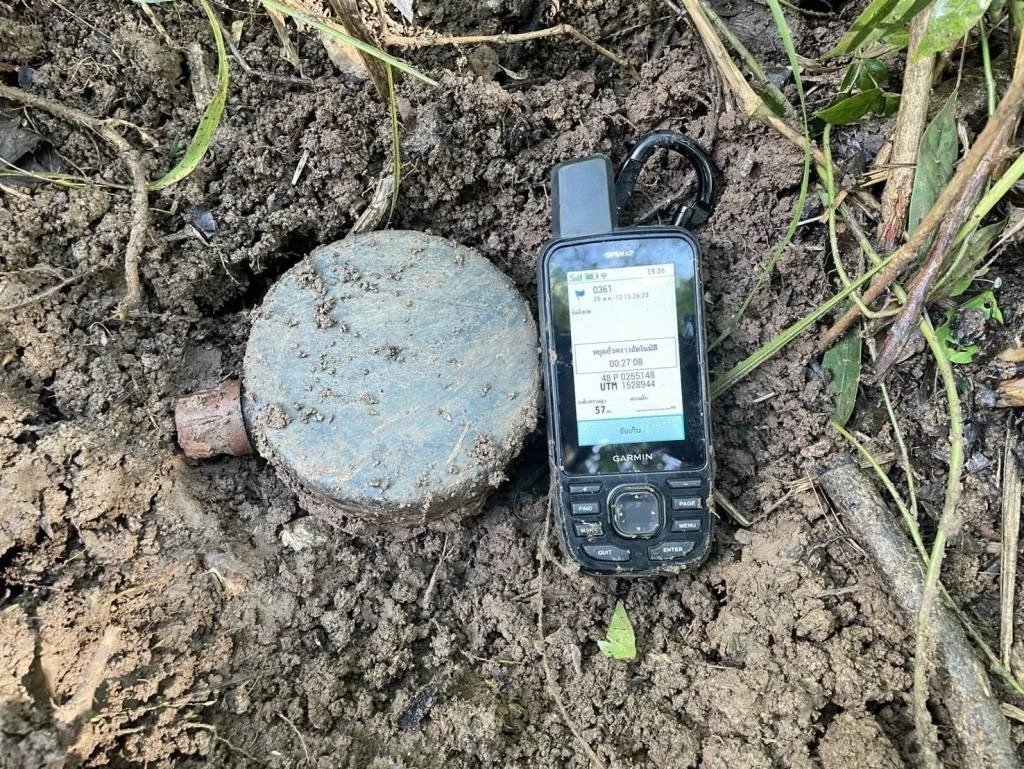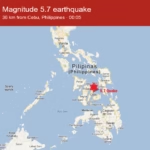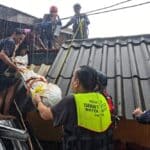SA KAEO – Army sappers from the Burapha Task Force have found two more live anti-personnel mines in Ban Nong Ya Kaeo, Khok Sung district. From 10 to 12 October 2025, teams cleared five mines of the same type. Sappers said no anti-tank mines have been discovered.
On Sunday, the Task Force sappers searched along the Thai–Cambodian border near Ban Nong Ya Kaeo in Sa Kaeo. Two additional PMN anti-personnel mines were located, both in working condition.
The first discovery came at 15.26. Teams identified one Russian PMN mine at coordinates 48PTA 55148 28943. The device was live and would detonate if stepped on or compressed. The second mine was found at 16.13. It was also a Russian PMN at 48PTA 55099 28917, ready to function.
After each find, the explosive ordnance disposal unit of Task Force 12 carried out standard EOD procedures. The team collected and rendered the devices safe without incident. No injuries or damage were reported.
Clearance operations today covered 5,647 square metres, bringing the cumulative cleared area to 15,835 square metres. The work used brush-cutting vehicles, BearCat mine-clearing support machinery, and search teams on the ground.
From 10 to 12 October 2025, Task Force 12 located a total of five PMN anti-personnel mines. All were static devices in live conditions.
No anti-tank mines have been found within the operation zone.
Security agencies continue to search for and clear explosive hazards to protect local communities. The goal is to return the land to safe agricultural use and public access in the future. Ban Nong Ya Kaeo remains a sensitive border area with a history of legacy minefields.
A spokesperson for the Burapha Task Force said soldiers will maintain patrols and search operations, and will continue to coordinate with the Thailand Mine Action Centre (TMAC) to clear remaining mines across all border sectors.
The landmine dispute between Thailand and Cambodia is the latest flare-up in a long-running border quarrel along their 817 km (508 miles) frontier. Tensions rose in mid-2025 after blasts injured Thai soldiers, which Bangkok says were caused by mines newly laid by Cambodian forces.
Cambodia rejects the claim, saying the devices are leftovers from decades of civil war and internal fighting.
Both countries signed the 1997 Ottawa Treaty, also known as the Mine Ban Convention, which outlaws the use, production, and stockpiling of anti-personnel mines. If true, the accusations could breach international law.
The row has led to strained diplomacy, military face-offs, and at least 12 deaths in linked clashes, while putting pressure on ASEAN unity.
Thai officials point to PMN-2 mines they describe as freshly laid, citing serial numbers and a lack of corrosion, and allege they were placed to encroach on Thai territory.
Bangkok is seeking accountability, UN intervention, and joint demining. Thailand reports ongoing mine risks and plans self-defence steps, while Cambodia accuses Thai units of moving onto farmland.
Related News:
Video Surfaces of Cambodian Army Planting PMN-2 Anti-Personnel Mines




